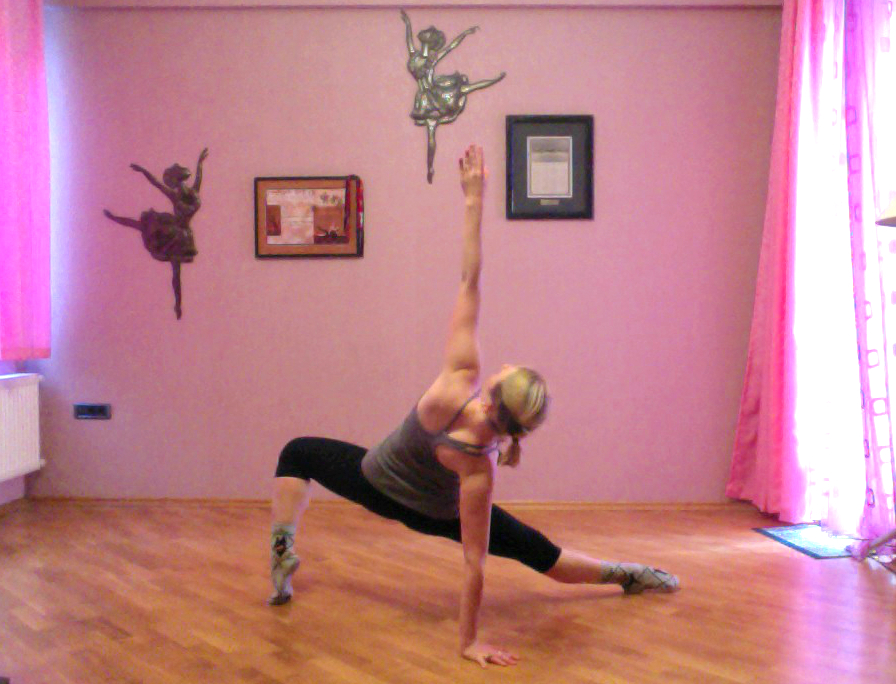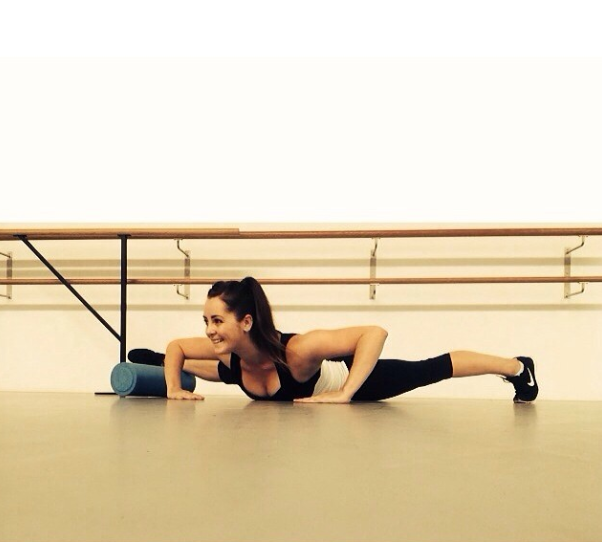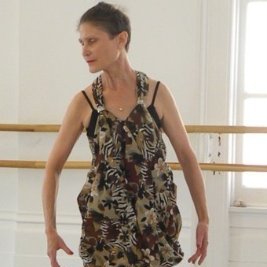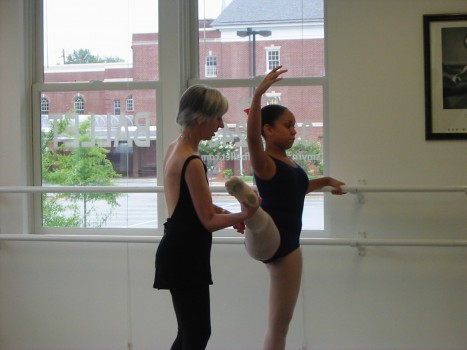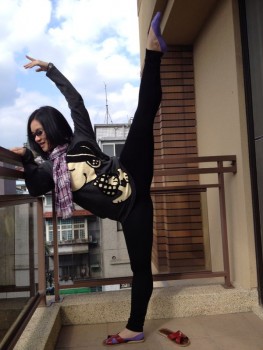 Instructor profiles are back! Meet Joan Liu, a ballet instructor based in New York. You can find her on Facebook at Joan Liu – Dance and Wellness, and make sure you check out this recent article she wrote about yoga and dance for Yoganonymous.
Instructor profiles are back! Meet Joan Liu, a ballet instructor based in New York. You can find her on Facebook at Joan Liu – Dance and Wellness, and make sure you check out this recent article she wrote about yoga and dance for Yoganonymous.
How long have you been dancing?
I’ve been dancing for 13+5=18 years. Why 13+5? The first 13years was consecutive, then I had a health issue which led to a five-year hiatus, been back for five more years!
Why do you dance ballet?
The rigors of ballet gave me just enough discipline to support, but a blank canvas to paint my emotions.
Who/What inspires you to dance?
This is a hard one. I have that innate eagerness to dance, emotions that constantly inspire me to strive for more. I am also deeply inspired by my colleagues, my teachers, choreographers I work with, and my students.
How long have you taught ballet?
I’ve been teaching ballet on and off for 14 years.
